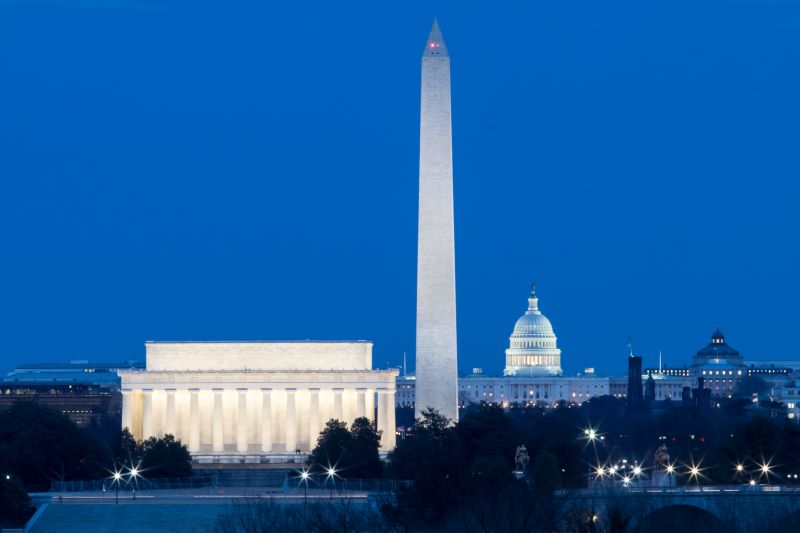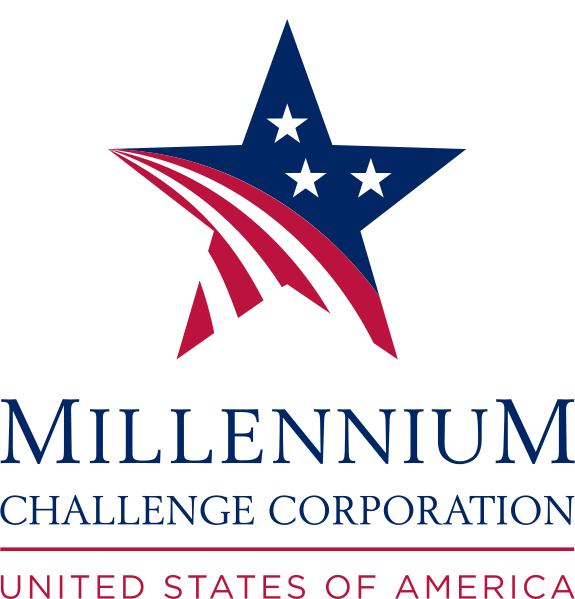Recommended

Blog Post
Summer is heating up—and so is the FY23 appropriations process. While Administrator Samantha Power recently completed the gauntlet of committee appearances to discuss the Biden administration’s FY23 request for USAID, budget hearing season isn’t over yet. This week, the House Foreign Affairs Committee turns its attention to the resourcing needs of the Millennium Challenge Corporation (MCC) and US International Development Finance Corporation (DFC)—two agencies that fill distinct functions within the US development architecture. We’ll be listening for lawmakers’ thoughts on a few critical elements in each agency’s proposed budget.
DFC: A budget bump for big ambitions?
The president’s FY23 budget request envisions a big boost for DFC with an ask of $1 billion. This amounts to an increase of $302 million, or more than 40 percent, over DFC’s FY22 enacted spending level. The major bump reflects the administration’s desire to see DFC support a wide range of global policy objectives from advancing gender equity to tackling the climate crisis.
According to the agency, an 11 percent increase in DFC’s administrative expenses will support new hiring, including building an overseas presence. To date, the agency’s limited number of overseas staff positions were funded with resources from the State Department and USAID. New dedicated funding will enable DFC to expand its global footprint to facilitate the development of a robust pipeline of projects in challenging markets.
Indeed, in the near term, DFC’s ability to maximize development impact seems most likely to be hamstrung by its limited staff and operating budget. Both have grown considerably over the last three years, but relative to the size of its portfolio, DFC still lags behind a number of its peer institutions. To truly be catalytic, DFC will need a workforce well equipped to pursue highly developmental investments in low- and lower-middle-income countries. These deals are often harder to find and harder to close, while requiring a greater tolerance for risk. But it isn’t just a numbers game. The agency has been tasked with stepping up commitments in sectors (including health) where investment from bilateral development finance institutions has historically been more limited while also integrating gender and climate considerations across its portfolio. As it looks to expand and scale its work, the agency will need to attract and hire talent with a range of skillsets.
DFC’s ability to scale its portfolio also depends on its program budget—which would see an even larger boost in the FY23 request. Though the big increase in DFC’s program account is necessitated in part by the illogical budget treatment of direct equity, which fails to recognize the long track record of DFC’s predecessor agency making similar investments without an equity stake. (We remain hopeful that Congress and the administration will agree to a fix that enables DFC to strategically use the direct equity authority afforded by the BUILD Act without squeezing the broader international affairs budget.)
The agency is again hoping appropriators provide more headroom for its annual commitments, which have been capped at $8 billion. While its predecessor OPIC typically hovered around $3-4 billion in annual lending and investments, DFC recorded a whopping $6.8 billion in new commitments in FY2021—supporting the agency’s case to bump up the limit.
MCC: Greater flexibility to unlock impact?
The FY23 budget request includes a relatively modest funding increase for MCC overall, with additional resources tapped exclusively for administrative expenses to help the agency cover rising operational costs. Still, after being subject to a significant funding rescission in FY2022, the ask is a marked improvement for the agency.
Table 1. Millennium Challenge Corporation (USD millions)
|
|
FY20 Enacted |
FY21 Enacted |
FY22 Enacted |
FY23 Request |
|---|---|---|---|---|
|
Millennium Challenge Corporation |
$905 |
$912 |
$912 |
$930 |
|
Rescission |
|
|
($515) |
|
Established with strong bipartisan support in January 2004, MCC is rapidly approaching its 20th anniversary. While the core pillars of MCC’s model—its commitment to partnering with well-governed, lower-income countries, its focus on pursuing cost-effective projects, and its approach to partnership rooted in country ownership—still hold considerable appeal, much has changed in nearly two decades. MCC’s budget justification acknowledges this and describes a “strategic reflection” being undertaken to consider the agency’s future amid a changing global landscape.
One positive trend—that nevertheless poses some challenges to MCC’s operations—is economic growth. As countries have moved into higher income groups under the World Bank’s classification, the effect has been to erode MCC’s country candidate pool, which is limited to low- and lower-middle-income countries (even before most are filtered out using the agency’s patented scorecard). Here’s what that’s looked like.
Further, at the agency’s creation, MCC was barred from allocating more than 25 percent of its annual program funding to compacts in lower-middle-income countries. Over time, recognizing the agency’s narrowing partnership possibilities and the potential development impact to be had in LMICs, lawmakers authorized an alternative definition of low-income (the 75 poorest countries) to moderate the effect of the 25 percent cap. But MCC is hoping for additional flexibility with the elimination of the 25 percent cap altogether. This seems likely the start of a conversation since the agency’s budget justification signals an interest in exploring the potential for further changes, noting
"…countries are legislatively defined in relation to a specific income threshold. MCC is examining whether there are additional considerations, and thus legislative requests, that would better reflect the economic contexts and vulnerabilities of the types of countries with which the agency has traditionally worked."
While MCC’s mission from day one has centered on poverty reduction, it’s also increasingly clear that significant poverty and development needs can persist despite countries moving just beyond an income threshold. Our colleagues, including former CGD President Nancy Birdsall, have often pointed out (as in this 2016 paper) that even reaching upper-middle-income status doesn’t guarantee countries a secure growth trajectory. Meaning these countries—and their populations—remain vulnerable to any number of shocks. Amid a global pandemic, the growing threat of climate change, and rising food prices, there’s no shortage of examples that wield the potential to jeopardize hard-won development gains and undermine broad-based well-being, making this a logical time to reflect carefully on current limitations.
MCC is also hoping appropriators will agree to ditch language that prevents the agency from pursuing threshold programs with countries that have already had compact agreements. The threshold program was originally designed to help countries along a reform trajectory—by deploying modest grant support—while also providing MCC a chance to give partnership a test run ahead of a potential future compact. As this blog post explains, there was logic behind prohibiting a threshold program immediately after a compact—which could appear to reward backsliding. But over a longer time horizon, countries may experience significant changes in governance. As written, this provision runs the risk of preventing further MCC engagement in contexts where it could be constructive.
As lawmakers weigh pending requests for resources and flexibility this budget season, they have a unique opportunity to improve the effectiveness of the US development toolkit in meeting global crises and pursuing an expanding set of policy goals. Despite perennial uncertainty around appropriations negotiations, we’re hopeful DFC and MCC’s track records of bipartisan support serve them well.
Disclaimer
CGD blog posts reflect the views of the authors, drawing on prior research and experience in their areas of expertise. CGD is a nonpartisan, independent organization and does not take institutional positions.






